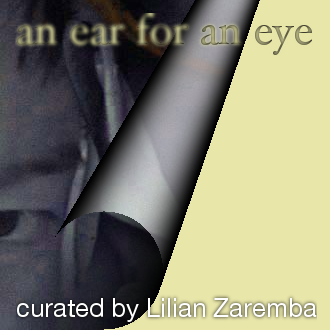|
1.) El Sur es el Norte (The South is the North) by Julio de Paula
Duration: 43’40’’
Over the last seven years, I undertook occasional trips to Latin America, in order to experiment them as a apprentice tourist. From the extremes of Ushuaia to Mexico City, religiously during each month of January, I felt down to the personal challenge of breaking barriers (Portuguese-Spanish speaking) and seeking points of contact between us, Brazilian people, and our hermanos (brothers). After my last journey through Bolivia, I consider natural today to make part of this vast latin-american territory. Made from these several moments, this sound piece is the result of the "truth of the Tropics". The earth from the inside-out, toward the bowels. It was built above the memories marked on the skin, recordings, photographic images, experiences lived in the field, notes, compiled objects. Its structure was born from the word, in juxtaposition with soundscapes, and also inspired by the mythologies of the Pueblos Originarios, quoting Eduardo Galeano, Alejandro Jodorowsky, Mario Benedetti, Oswald de Andrade and the Holy Words of Guarani People (via Pierre Clastres). The title was taken from the Inverted Map of South America, created by the Uruguayan artist Torres García, 1943. What about the synopsis? A traveler (or some travelers) wanders along a territory; and turns himself lost, hearing their stories and memories, out of time. A strong and true attempt to reconnect with the natural world. Julio de Paula, São Paulo, 2015. Voices: Caia Amoroso, Joana Barossi, Roberta Martinelli, Laura Mayumi, Nicolás Lhano Linares, Patricia Osses, Héctor Pace and Julio de Paula Music: Luis Rocha (organ) and Dona Maria do Horto (song) Samples: Ligiana Costa (voice) Guarani and Chiquitano people (voices), Bororo people (zunidor) Soundscapes recorded by Julio de Paula in Tierra del Fuego (Argentina), São Paulo, Goiás, Minas Gerais, Ceará and Amazonas State (Brasil), Parque Nacional Avaroa, Misiones Jesuiticas and Chacaltaya (Bolivia), Valle Sagrado de los Incas (Peru), Chiapas, Oaxaca and DF (Mexico) Thanks to Catarina Duncan, Louis Robin, Samuel de Jesus and Sarah Caravieri
2.) Tango (Étude) by Julio de Paula
A taxi driver is the pivot of a love triangle. A sentimental advisor in a mobile live voice call opines on the story of passion and betrayal. They exchange informations about evidences (photos and videos) without realizing that they are also being recorded. Tangos of the 1910s evokes the atavistic past in this scene played at a taxi in Buenos Aires.
|

 PLAY
PLAY
